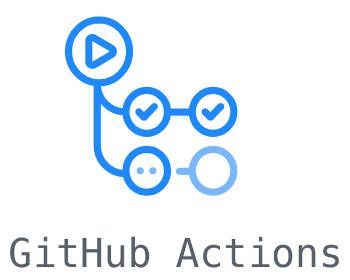-
kubebuilder:printcolumn - Adding back the AGE column
1 min read

If we use //+kubebuilder:printcolumn to add fields to print with kubectl get we'll notice that the AGE colum goes away with it. We can use an additional
//+kubebuilder:printcolumnto add the AGE column back.29/08/2023
Read more... -
Pulumi: Setting passphase as an environment variable
2 min read

When creating a new pulimi stack you can set a passphase (--secrets-provider) so that both configuration secrets and secrets stored in the state file should be encrypted using a key derived from a passphrase: To be able to use pulumi up you'll have to provide this passphrase. If you don't want to provide it interactively, you can use an environment variable to set it.
28/08/2023
Read more... -
Pushing metric to prometheus with Pushgateway
2 min read

Prometheus Pushgateway is a component of the Prometheus monitoring system that allows for the collection of time-series data that cannot be scraped: It allows you to push metrics instead of having to wait for prometheus to scrape them
15/08/2023
Read more... -
Building multi architecture and multiplatform binaries with GoReleaser and Github Actions
2 min read

In order to build binaries for multiple architectures, we can use GoReleaser together with Github Actions so that they get built automatically when we create a release.
08/08/2023
Read more... -
Operator-SDK: Create a group of objects that can be queried together
2 min read

When you have several kubernetes objects (CRDs) that work together it can be useful to be able to query them all together to get a better idea of what's deployed without having to query all the individial resources. With operator-SDK we just need to annotate the objects.
01/08/2023
Read more...